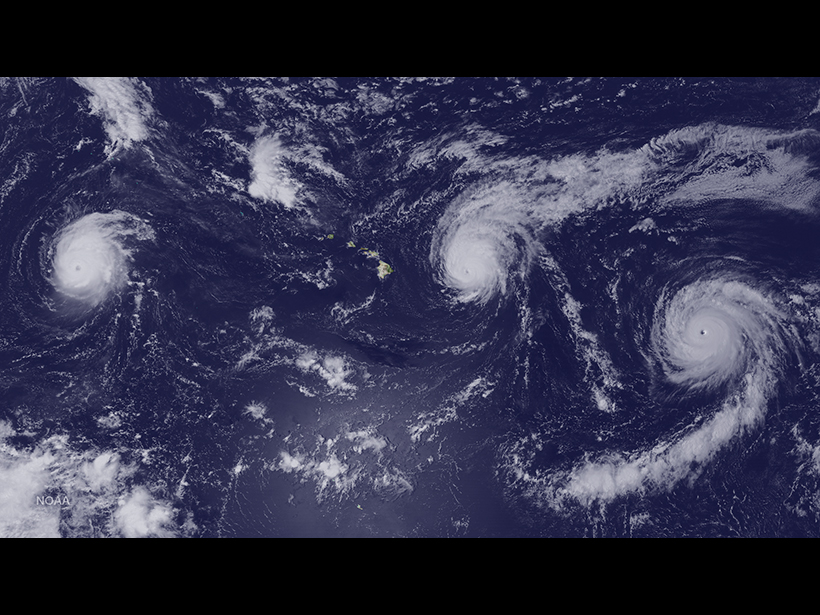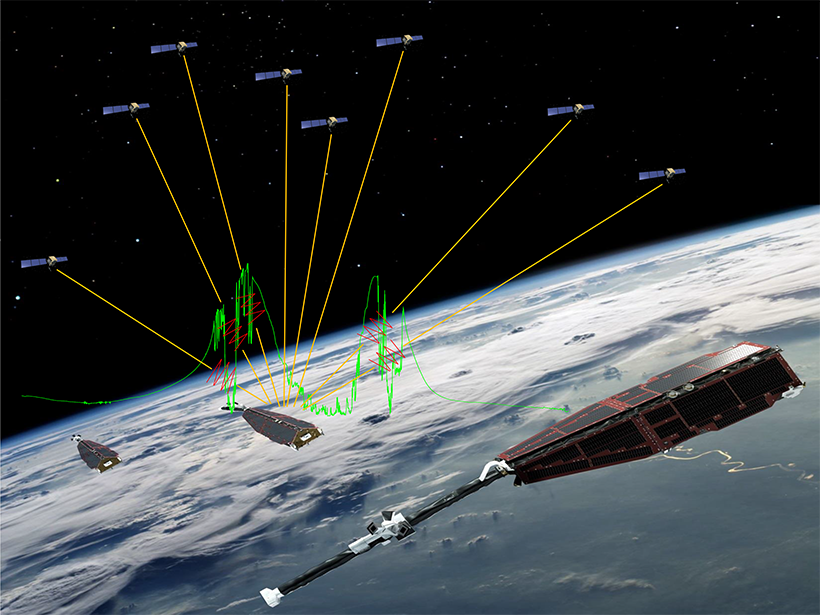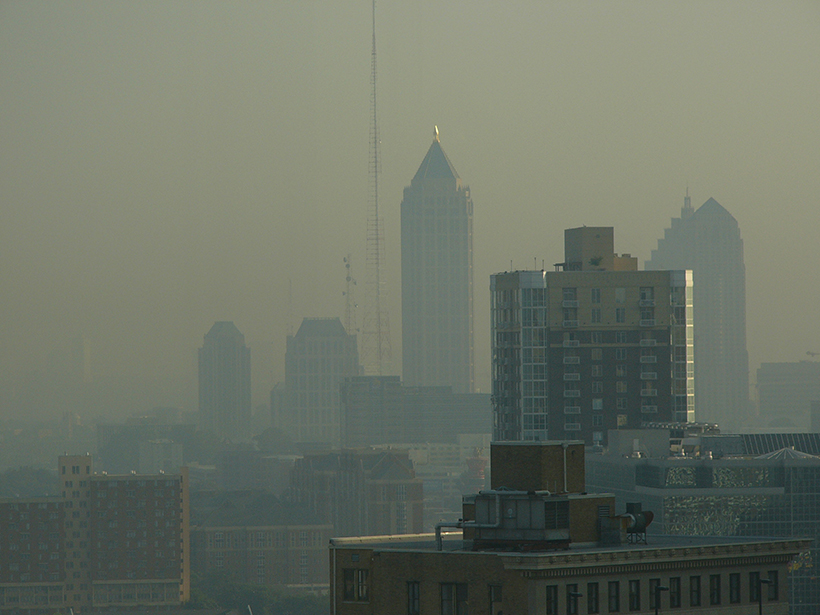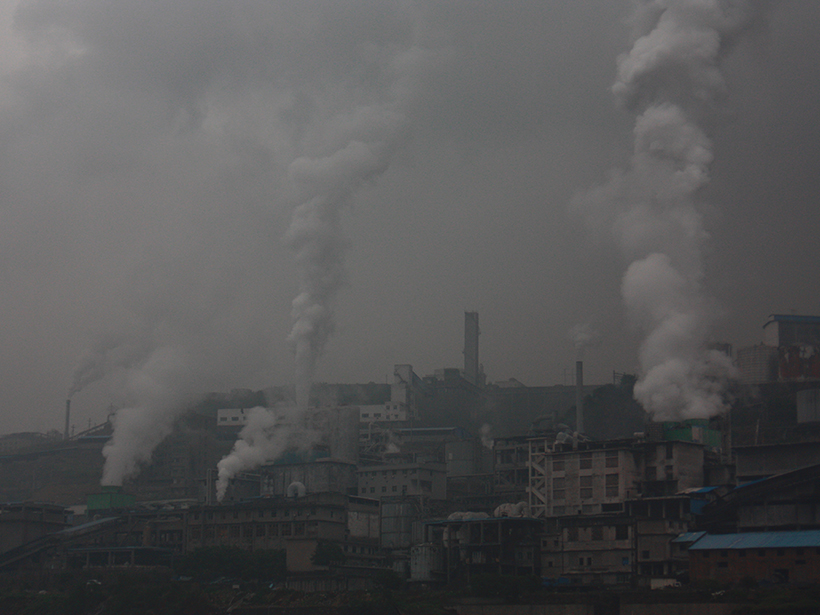Alexander D. Hall, Christian Jakob, Eric Maloney, Adam Scaife, and Susan C. van den Heever will receive the 2016 Atmospheric Sciences Ascent Award at the 2016 American Geophysical Union Fall Meeting, to be held 12–16 December in San Francisco, Calif. The award recognizes "research contributions by exceptional mid-career scientists in the fields of atmospheric and climate sciences."
everything atmospheric
Wang Receives 2016 James R. Holton Junior Scientist Award
Yuan Wang will receive the 2016 James R. Holton Junior Scientist Award at the 2016 American Geophysical Union Fall Meeting, to be held 12–16 December in San Francisco, Calif. The award recognizes "outstanding research contributions by a junior atmospheric scientist within three years of his or her Ph.D."
Rosenlof Receives 2016 Yoram J. Kaufman Unselfish Cooperation in Research Award
Karen H. Rosenlof will receive the 2016 Yoram J. Kaufman Unselfish Cooperation in Research Award at the 2016 American Geophysical Union Fall Meeting, to be held 12–16 December in San Francisco, Calif. The award recognizes "broad influence in atmospheric science through exceptional creativity, inspiration of younger scientists, mentoring, international collaborations, and unselfish cooperation in research."
Why 2015 Was a Big Hurricane Year for the Eastern North Pacific
Record-breaking oceanic and atmospheric conditions led to a remarkable season in a key Pacific hurricane development region.
New Images Give More Proof for Europa's Plumes
Researchers used a modified version of a technique for discovering exoplanets to view Jupiter's icy moon in a new light.
What Causes GPS Signal Loss on Satellites like Swarm?
Using data from the European Space Agency's Swarm mission, scientists find that abrupt drops in the ionosphere's electron density may cause low-orbiting satellites to lose contact with GPS satellites
What Drives Variation in the Ionosphere’s Electron Density?
The long-term trend in the electron density of the ionospheric F layer may be natural, not man-made.
No Evidence for Unknown Source of Ozone Precursor
A study suggests that known combustion and photochemical sources of nitrous acid, a precursor to ground-level ozone, are enough to explain levels seen in the atmosphere.
Air-Sea Interactions Influence Major Southern Wind Belt
Ocean and atmospheric data provide evidence for how sea surface temperatures affect the Southern Annular Mode.
Atmospheric Chemists Should Tackle Risks to Society, Report Says
Protecting public health and the health of the climate and ecosystems warrants more focus from this scientific field, according to the report.





